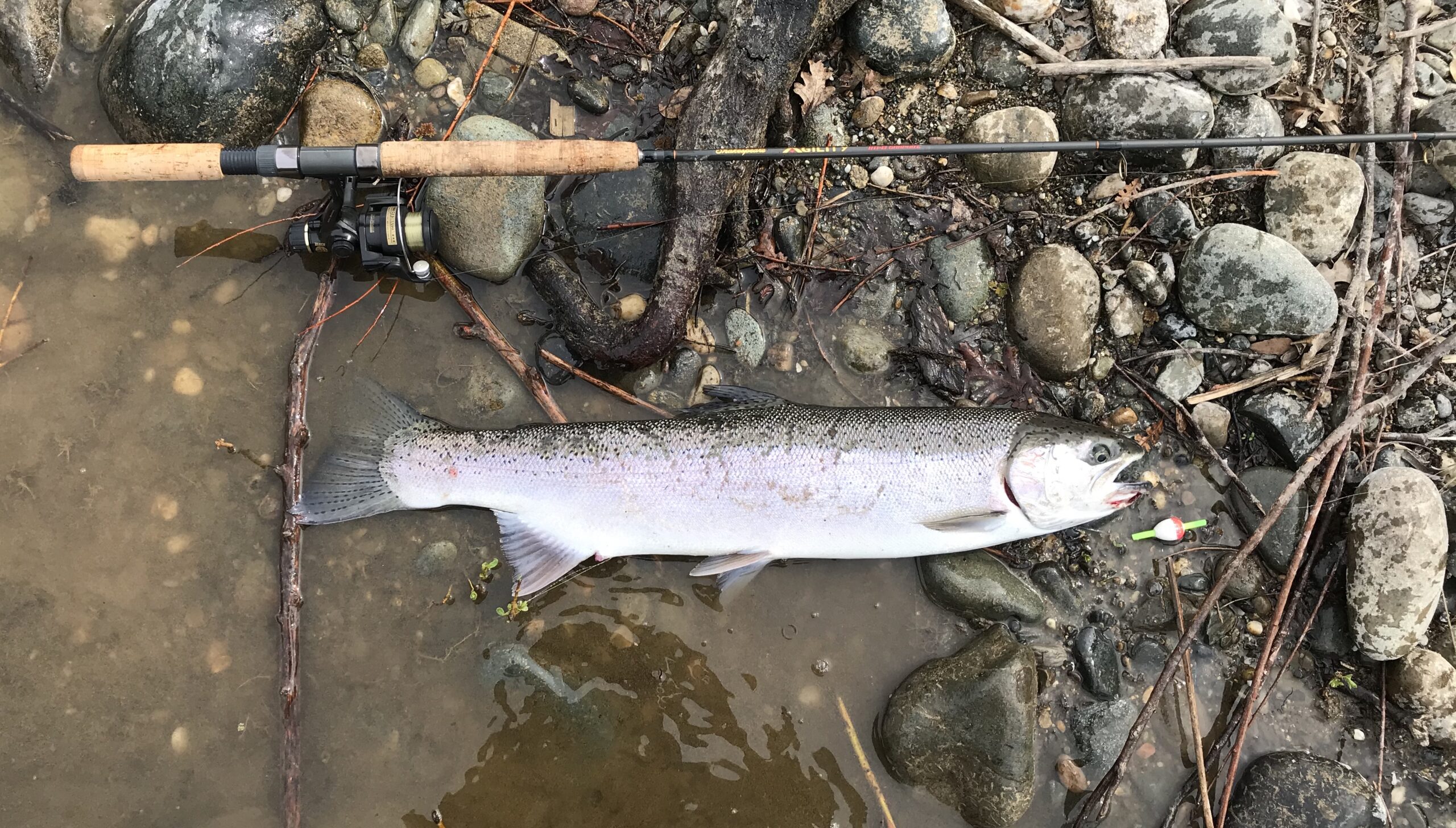For seven days in mid-March 2021, the Bureau of Reclamation substantially increased Folsom Lake storage releases. Roughly, the releases tripled in volume (Figure 1). The release of over 20,000 acre-feet of water is significant for a year in which Folsom storage is not much better than it was in the worst year on record – 1977 (Figure 2).1 With the release in mid-March, the lake level dropped 3 feet. Yes, there was rain in the forecast and a decent snowpack, but certainly no flood concerns. So why? The reason was to meet state water quality requirements for Delta outflow. Delta outflow increased from 7,000 cfs to 12,000 cfs for a few days (Figure 3).
The outflow pulse was needed to meet an obscure and complicated provision in the Bay-Delta’s D-1641 Water Quality Control Plan called “footnote 11.” The footnote (Figure 4) specifies a formula for determining minimum daily Delta outflow for February through June in different water year types. The base requirement is 7100 cfs 3-day running average minimum (that was being met – Figure 3). What was not met is the requirement in Table 4 to increase Delta outflow from Feb-Jun for the general ecological benefit from higher natural Delta outflow. That requirement is met by meeting a specified average number of days of obtaining an electrical conductivity level (EC) of 2640. Since even that requirement was not met either (Figure 5), the Executive Director of the State Water Board allowed Reclamation and the Department of Water Resources not to meet it.
The primary problem with this Delta Outflow requirement is the abrupt and arbitrary way it is met. If all that is needed to relax the requirement is a “BOGSAT,”2 then all stakeholders need to be involved. Why did Reclamation place the burden primarily on Folsom Reservoir? Why did Reclamation release all the water over just a few days? The abrupt releases likely affected steelhead spawning. The lost storage will likely make salmon migration and spawning in the fall worse as well. At a minimum, Reclamation should have provided some form of notice of this major action. Reclamation should also document the effects.

Figure1. Streamflow in the lower American River at Fair Oaks gage March 8-18, 2021

Figure 2. Storage level in Folsom Reservoir in 2021. Source: CDEC.

Figure 3. Delta outflow in Feb-Mar 2021. Source: CDEC.
Figure 4. FOOTNOTE 11 in D-1641: Bay-Delta Water Quality Control Plan

Figure 5. EC at Chipps Island Station D10 in winter 2021.

Figure 6. Daily average Oroville reservoir release in winter 2021.













